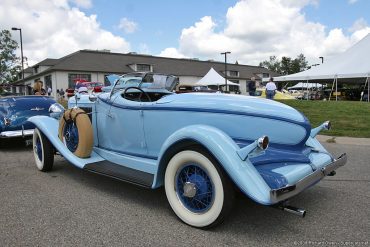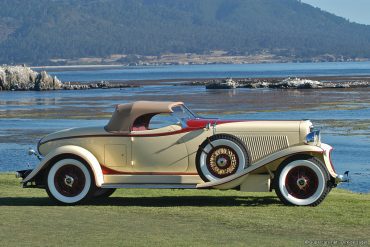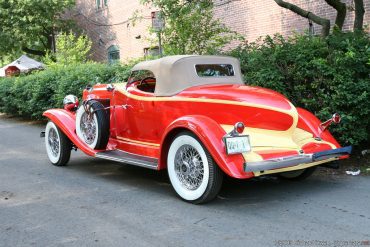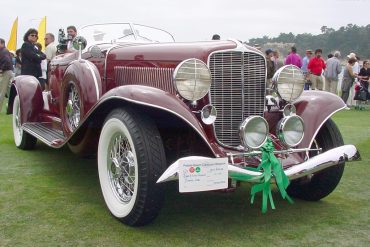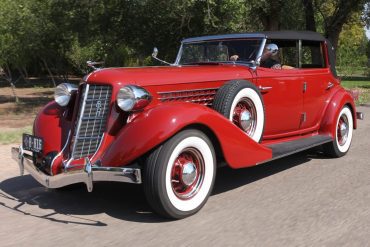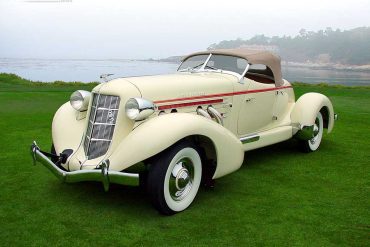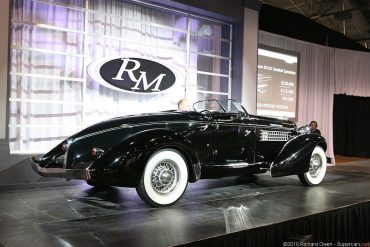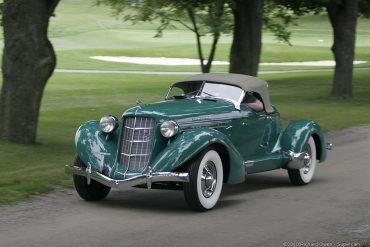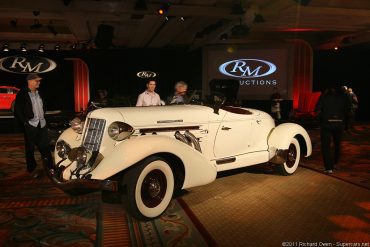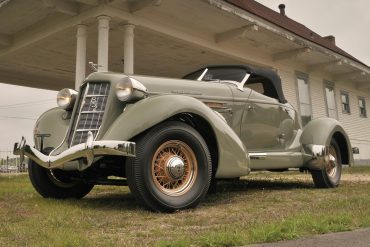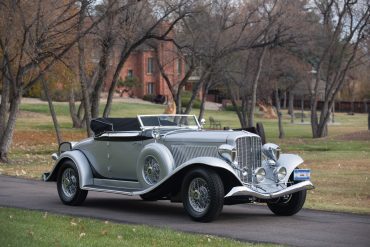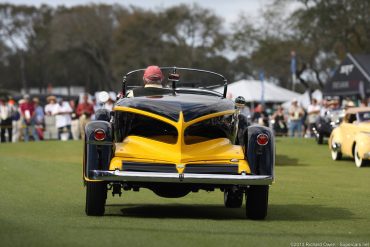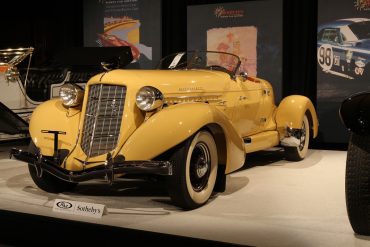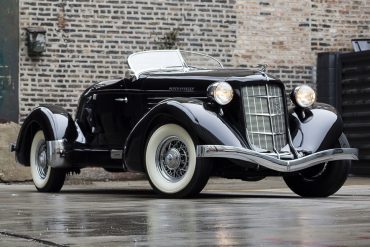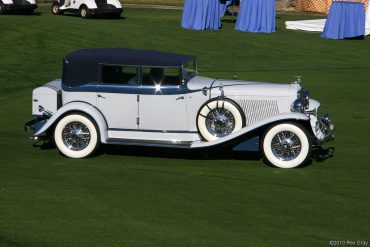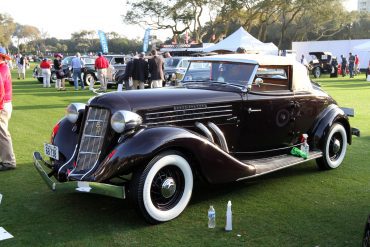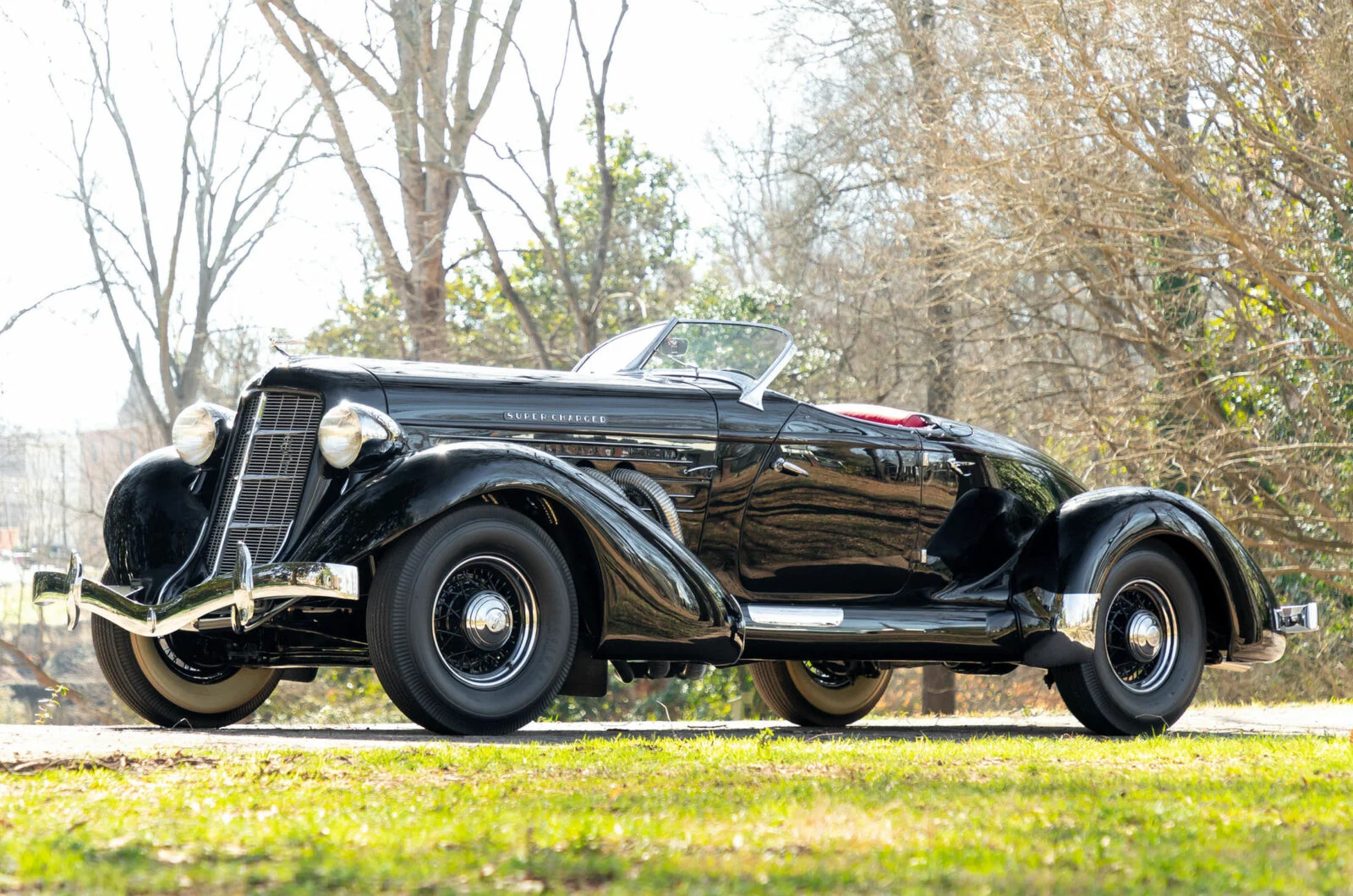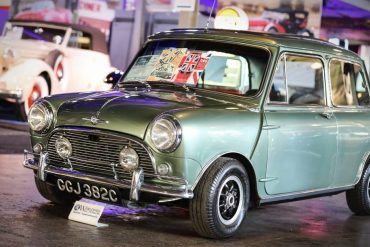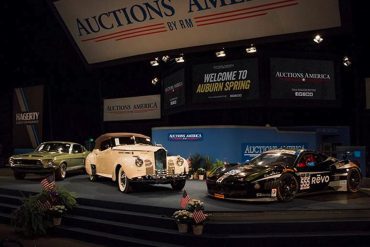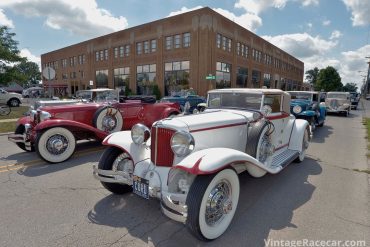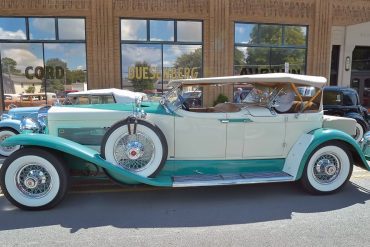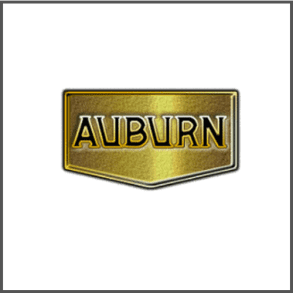
Auburn Automobile
Research, History, Reviews, Media & More
Auburn Automobile Company: A Legacy of Luxury and Innovation
The Founding and Vision of Auburn Automobile Company
The Auburn Automobile Company, known for its elegant and innovative cars, was established in Auburn, Indiana, in 1900. The company was founded by Frank and Morris Eckhart, who initially manufactured horse-drawn carriages. The Eckhart brothers transitioned to automobile production as the industry began to take shape. However, it was under the leadership of entrepreneur Errett Lobban Cord, who took over the company in the late 1920s, that Auburn truly flourished. Cord, born in 1894, was a visionary in the automotive world, known for his knack for revitalizing struggling companies and pushing the boundaries of automotive design and technology.
Iconic Auburn Cars
Auburn 8-88 (1925-1926)
The Auburn 8-88 marked the company's first major success, featuring an eight-cylinder engine that provided impressive performance for its time. The car's stylish design and affordable price made it popular among consumers, helping to establish Auburn as a significant player in the automotive industry.
Auburn 851 Speedster (1935-1936)
The Auburn 851 Speedster is perhaps the most iconic model in the company's history. Introduced in 1935, the 851 Speedster was designed by Gordon Buehrig, a legendary automotive designer. Its distinctive "boattail" rear end and sleek, aerodynamic lines set it apart from other cars of the era. The 851 Speedster was also known for its impressive performance, with a supercharged eight-cylinder engine that could reach speeds of over 100 mph. This model became a symbol of the Art Deco movement in automotive design and remains highly prized by collectors today.
Auburn 652-Y Custom Phaeton Sedan (1934-1936)
The Auburn 652-Y Custom Phaeton Sedan showcased the company's commitment to luxury and innovation. This model featured a powerful engine, elegant design, and advanced features such as a dual-ratio rear axle, which provided an early form of overdrive. The Custom Phaeton Sedan was aimed at affluent buyers who desired both performance and sophistication.
Technological Innovations
Auburn was known for its forward-thinking approach to automotive engineering. The company introduced several technological advancements, including the "Columbia Dual-Ratio" rear axle, which allowed drivers to switch between high and low gear ratios for better fuel efficiency and performance. This innovation was a precursor to modern overdrive systems and highlighted Auburn's commitment to enhancing the driving experience.
The Influence of Errett Lobban Cord
Errett Lobban Cord's influence on Auburn was transformative. Taking control of the company in 1924, Cord's leadership saw Auburn through some of its most successful years. He was instrumental in the creation of the Auburn-Cord-Duesenberg conglomerate, which produced some of the most luxurious and advanced cars of the early 20th century. Cord's focus on combining cutting-edge technology with stunning design helped Auburn cars stand out in a competitive market.
The Impact of the Great Depression
Despite the economic challenges of the Great Depression, Auburn managed to produce some of its most iconic models during this period. The company's ability to innovate and adapt in tough times is a testament to its resilience and the leadership of Errett Lobban Cord. However, the financial strain eventually took its toll, and production ceased in 1937.
The Legacy of Auburn Automobiles
Although Auburn Automobile Company ceased operations in the late 1930s, its legacy endures. Auburn cars are celebrated for their combination of luxury, performance, and innovative design. The Auburn-Cord-Duesenberg Museum in Auburn, Indiana, preserves the rich history of these brands, showcasing a collection of classic models that continue to captivate enthusiasts and collectors.
Revival Efforts
Over the years, there have been several attempts to revive the Auburn brand. Modern interpretations of classic models have captured the spirit of the original designs, blending vintage aesthetics with contemporary technology. These efforts reflect the enduring appeal of Auburn's automotive artistry.
The Auburn Automobile Company, under the visionary leadership of figures like Errett Lobban Cord, left an indelible mark on the automotive world. From pioneering technological advancements to creating some of the most beautiful and high-performing cars of their time, Auburn's legacy is one of innovation, luxury, and resilience. Today, Auburn cars remain symbols of an era when automotive design and engineering were as much about artistry as they were about function, continuing to inspire and captivate car enthusiasts around the globe.
Auburn Automobile Company Basics
Predecessor: Eckhart Carriage Company
Founded: 1900 in Auburn, Indiana
Founder: Frank and Morris Eckhart
Defunct: 1937
Fate: Bankruptcy (Merged with Cord)
Successor: Auburn-Central / American Central Manufacturing Corporation
Headquarters: Auburn, Indiana, U.S
Did You Know
Auburn cars, especially models like the Auburn Speedster, are renowned for their stunning Art Deco design, characterized by sleek lines and luxurious details.
The 1935 Auburn 851 Speedster was famous for its "boattail" design and was one of the fastest cars of its time, capable of reaching speeds over 100 mph.
The Auburn Automobile Company was part of the Auburn Cord Duesenberg conglomerate, known for producing some of the most luxurious and advanced cars of the early 20th century.
Auburn was a pioneer in automotive technology, introducing features such as the "Columbia Dual-Ratio" rear axle, which provided an early form of overdrive.


